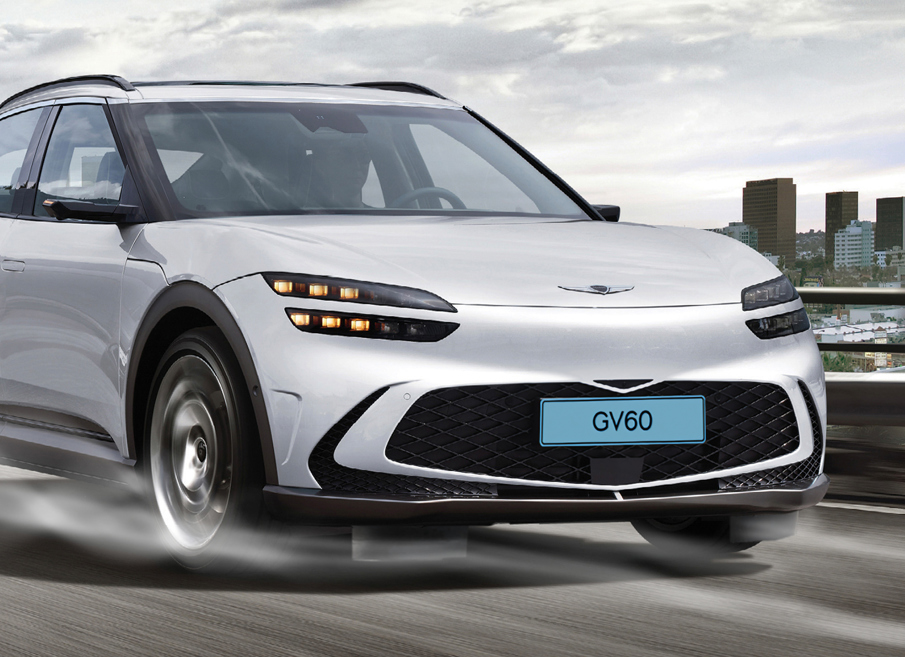Hyundai and Kia are setting a new benchmark in the world of electric vehicles (EVs) with their latest innovation: the ‘Active Air Skirt’ (AAS) technology.
This new feature is designed to significantly improve the driving range and stability of EVs by expertly managing aerodynamic resistance during high-speed journeys.
Understanding the Active Air Skirt technology

At its core, the Active Air Skirt is a marvel of engineering, strategically positioned between the front bumper and the front wheels of EVs.
Its primary role is to manage airflow, reducing aerodynamic drag during high-speed driving.
The system activates at speeds over 80 km/h when aerodynamic resistance typically outweighs rolling resistance and retracts once the vehicle slows to 70 km/h.
This speed-specific operation prevents frequent activation in certain speed ranges. It also enhances the vehicle's efficiency without compromising on performance.
The incorporation of AAS into Hyundai and Kia’s exclusive E-GMP platform is a strategic decision.
By only covering the front part of the tyres, AAS optimally reduces aerodynamic drag while improving downforce, which is crucial for enhancing both traction and high-speed stability.
Achieving optimal performance

One of the standout features of AAS is its operation at speeds exceeding 200 km/h, made possible by the integration of a durable rubber material.
This material guards against damage from external objects at high speeds, a critical factor in maintaining the system’s integrity and performance.
Testing on the Genesis GV60 has shown that AAS can reduce the drag coefficient (Cd) by 0.008, translating to an impressive 2.8 per cent reduction in drag.
This improvement suggests a potential increase in driving range by approximately 6 km, a significant enhancement for EV efficiency.
Beyond the lab: what's next?
With patents pending in South Korea and the United States, Hyundai and Kia are not just conceptualising future advancements; they are actively laying the groundwork for their incorporation into mainstream models.
The potential of AAS extends beyond laboratory settings, with real implications for mass production and future vehicle design.
“This technology is expected to have a greater effect on models such as SUVs where it is difficult to improve aerodynamic performance," stated Sun Hyung Cho, Vice President at Hyundai Motor Group.
"We will continue to strive to improve the driving performance and stability of electric vehicles through improvements in aerodynamics.”
This vision underscores a commitment to pushing the boundaries of what EVs can achieve in terms of performance and stability.
Complementing the Active Air Skirt, Hyundai and Kia continue to explore various aerodynamic technologies, like rear spoilers and wheel air curtains. Their efforts are exemplified in the Hyundai IONIQ 6, boasting a globally leading drag coefficient of 0.21.





